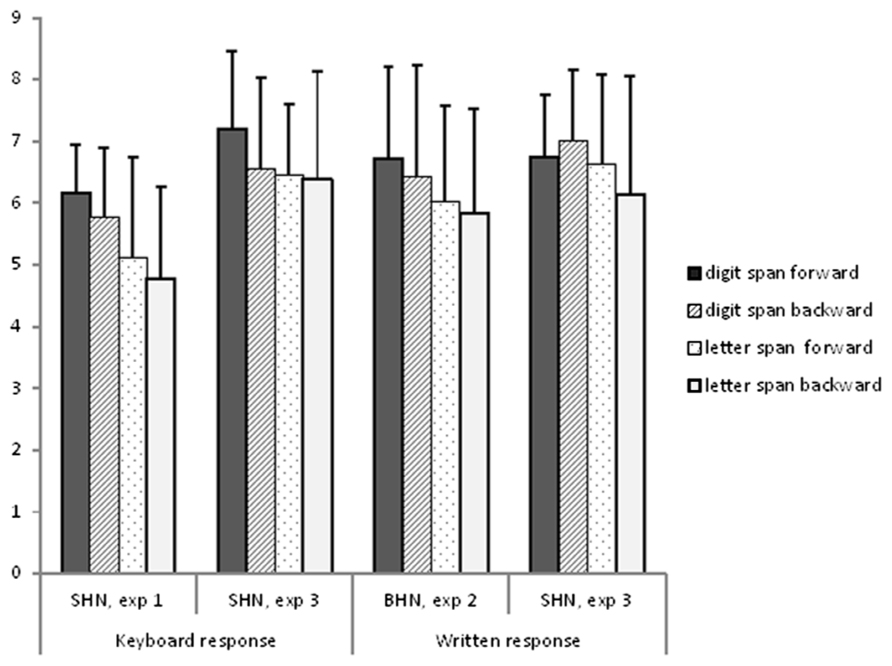

However, we do not understand the relationship between existing neuropsychological tests and widely used cognitive paradigms. Deriving new measures based on contemporary work in cognitive psychology and cognitive neuroscience could help to solve these problems. However, this approach is limited as a clinical research tool due to two major issues: sensitivity and construct validity. These five tests can be classified as attention tests.Īssessment of cognitive function in clinical populations, for both clinical and research purposes, is primarily based on standardized neuropsychological testing. Digit Symbol Coding and Spatial Span tap attentional capacity, while TMT-A, TMT-B, and Letter Cancellation tap search (or attention-shifting) ability. We conclude that Digit Span and Arithmetic tests should not be classified as attention tests. A hierarchical model where a general cognitive factor was imposed above the five specific factors fit as well as the model without the general factor. Confirmatory analysis in 279 held-out participants showed that this model fit better than competing models. Exploratory factor analysis in a subset of 357 participants identified a five-factor structure: (1) attentional capacity (Multiple Object Tracking, Visual Working Memory, Digit Symbol Coding, Spatial Span), (2) search (Visual Search, TMT-A, TMT-B, Letter Cancellation) (3) Digit Span (4) Arithmetic and (5) Sustained Attention (GradCPT). Participants ( n = 636) completed an on-line battery () of six experimental tests and eight neuropsychological tests. Specifically, do neuropsychological tests commonly used to assess attention measure the same construct as attention paradigms used in cognitive psychology and neuroscience? We built on the “general attention factor”, comprising several widely used experimental paradigms (Huang et al., 2012). We investigated whether standardized neuropsychological tests and experimental cognitive paradigms measure the same cognitive faculties.


 0 kommentar(er)
0 kommentar(er)
